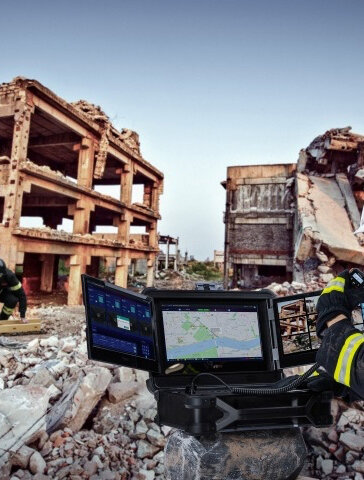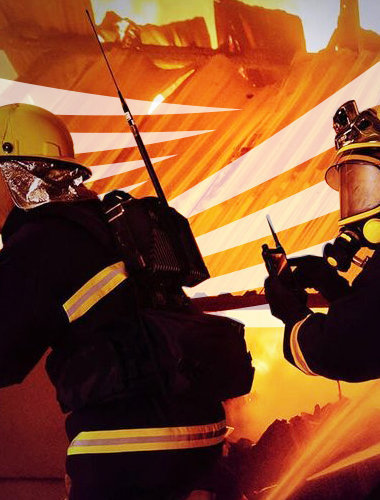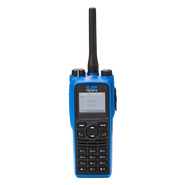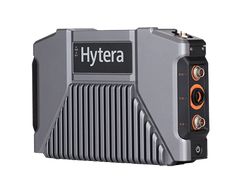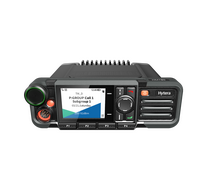Ineffective communication is often the weak link that causes ineffective emergency management operations.
High-performance emergency and crisis management, as well as efficient disaster protection, play an increasingly important role in saving lives. Hytera’s communications solutions facilitate the work of emergency organisations in a targeted way.
Safety for People and Places
Communicating with those you’re responsible for protecting includes exchanges with all members of response teams, third party emergency services and agencies, and others immediately or indirectly affected by the emergency incident. In a time of crisis like flood, forest fire, earthquake or other geological disaster, emergency service on the frontline are faced with the worst-case scenario, such as no power and no public network, all which require easy moving, fast deployment of communication for responders.
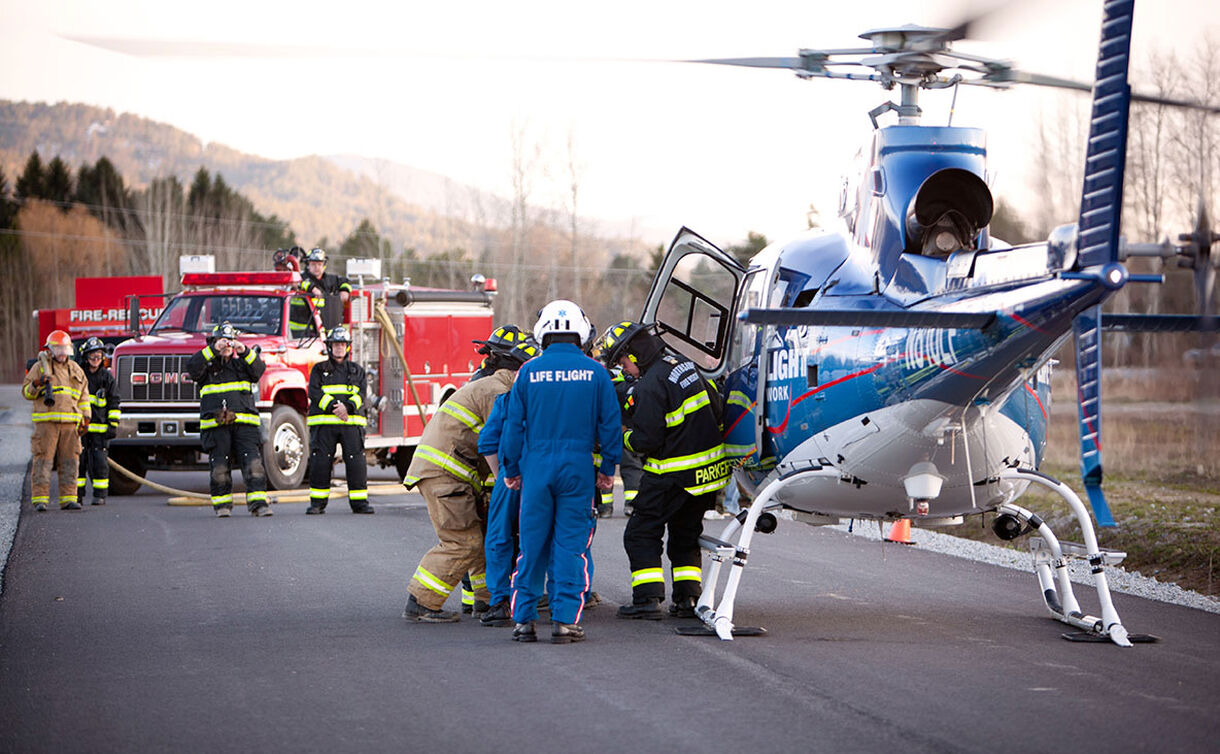
Fast Deploy
At times of crisis, Hytera’s digital wireless ad-hoc repeaters can be flexibly deployed to establish a network in a short time. Reliable, smart communications solutions help law enforcement deliver workforce efficiencies and operational benefits for mission critical users that help them achieve more.
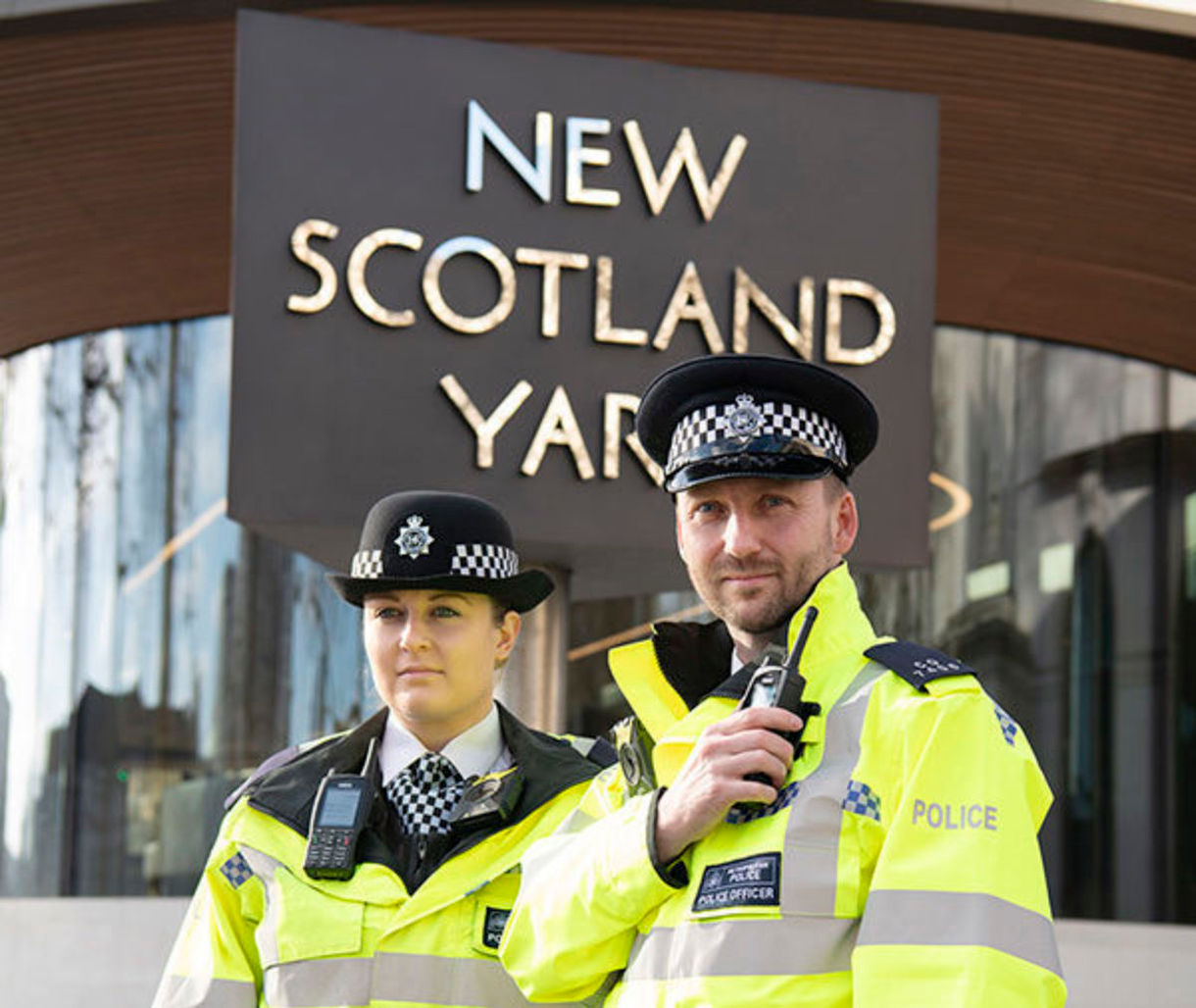
On-site Command
Hytera’s on-site command can display the locations of units and issue the right responses according to the status, which is extremely useful for on-site operation. Law enforcement can call in to their radio network from a smartphone application, via an internet connection, to communicate with dispatch and other field officers.
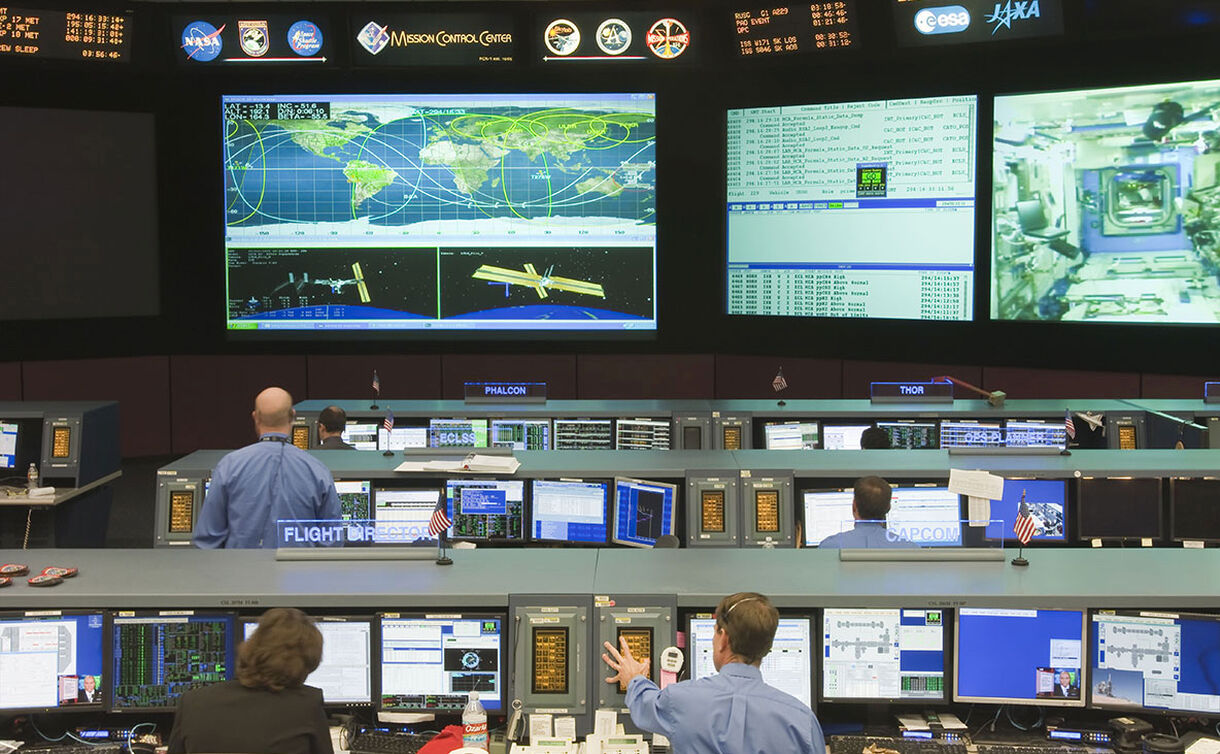
Multiple Interconnection
Broadband networks can be combined into a converged communications system bringing together mission critical voice, CCTV, vehicle and body worn camera feeds, IoT sensor data, artificial intelligence and data analytics, PABX/PSTN telephony networks and narrowband networks. The Hytera PMR-LTE Convergence solution interconnects PMR, Wi-Fi and LTE onto a single unified platform.



